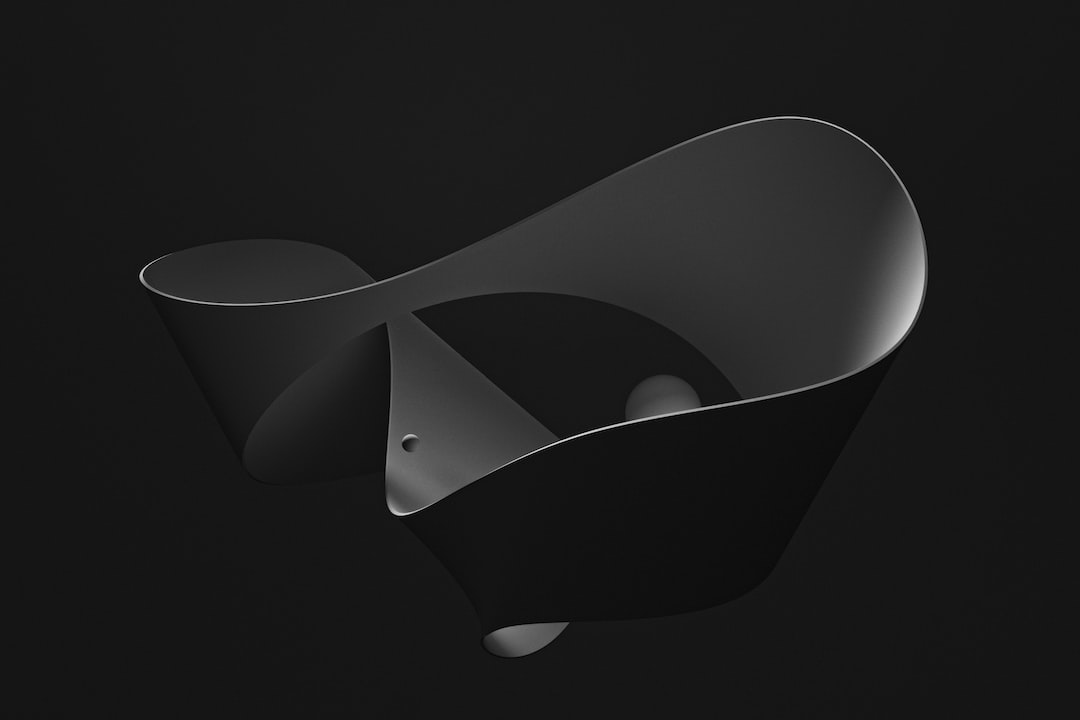Art and Identity: How Artists Use Their Work to Explore Personal Narratives
Art has always been a medium for self-expression, and artists have used their work to explore and delve into their personal narratives. Through various forms of art, such as painting, sculpture, photography, and performance, artists have been able to delve deep into their identity, their experiences, and the world around them, using art as a way to communicate their stories.
One of the most prominent ways artists explore personal narratives is through painting. The blank canvas serves as a space where artists can visually express their emotions, thoughts, and experiences. From self-portraits to abstract art, painters often use color, texture, and composition to convey their personal journeys. Frida Kahlo, for example, heavily incorporated her identity and personal struggles into her work, using self-portraits to explore themes of pain, strength, and femininity.
Sculpture is another powerful form of art that allows artists to explore their personal narratives. Sculptors can mold and shape various materials to represent their thoughts, emotions, or memories. Louise Bourgeois, known for her iconic spider sculptures, used art as a way to process her complex relationship with her mother. Through her works, she was able to explore themes such as family, femininity, and the female body.
Photography has also been a medium for artists to explore personal narratives. By capturing moments frozen in time, photographers can delve into their own stories or the stories of others. Nan Goldin, for instance, used photography to document her own life and the lives of her friends, delving into themes of love, addiction, and identity.
Performance art takes exploration of personal narratives to another level. By physically embodying their stories, artists can create powerful and immersive experiences for their audience. Marina Abramović is renowned for her performances that push the boundaries of the body and explore themes of vulnerability, endurance, and identity.
Art and identity are intricately connected. Artists find solace, healing, and empowerment in expressing their personal narratives through art. Through their work, they not only gain a deeper understanding of themselves but also create a space for others to connect and empathize with their stories.
Furthermore, the exploration of personal narratives through art allows for a broader dialogue and understanding of different perspectives and experiences. It encourages us to question and challenge our own beliefs and assumptions, fostering empathy and inclusivity.
In conclusion, artists use their work to explore personal narratives, employing different art forms to express their thoughts, emotions, and experiences. Painting, sculpture, photography, and performance all serve as powerful mediums for artists to delve into their identity and communicate their stories. Through their art, they not only gain a deeper understanding of themselves but also create opportunities for others to connect and empathize with their narratives. The exploration of personal narratives through art opens up dialogues, fostering empathy and inclusivity. Art has the ability to transform, heal, and connect, allowing us to navigate the complexities of identity and find common ground in our shared humanity.

